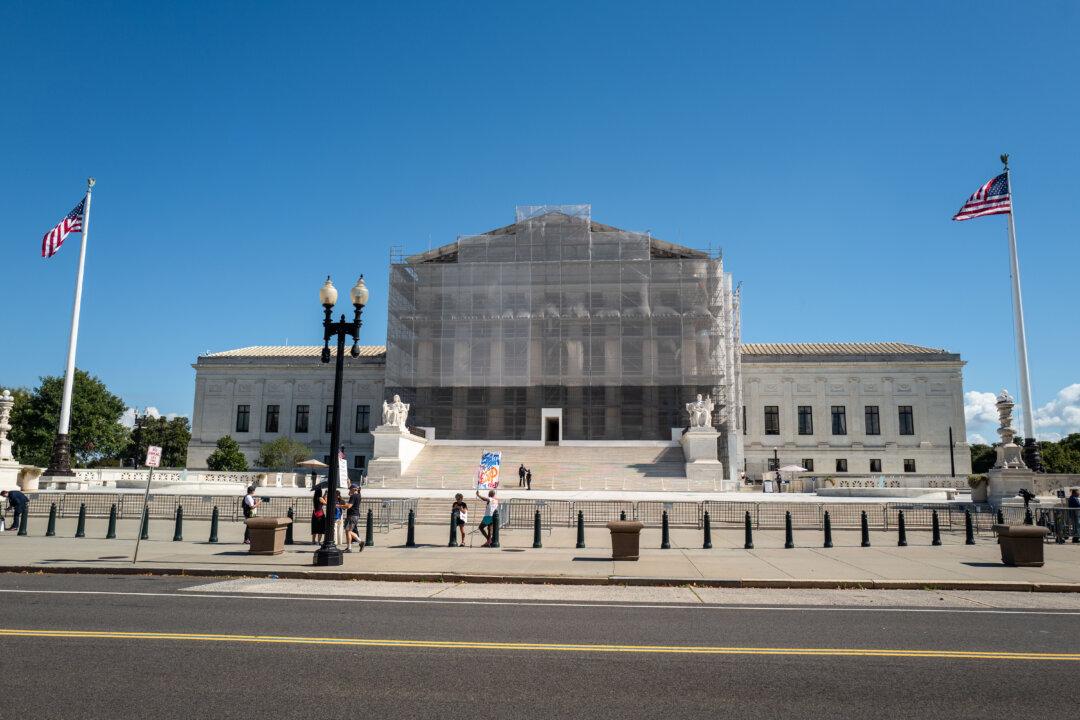The Brazilian turtle, originally from the south-central United States, was introduced into China in the 1980s via Hong Kong. Because the Brazilian turtle has strong vitality and is very easy to raise, it has been massively reproduced in breeding farms in China. According to experts, the Brazilian turtle has endangered the future of Chinese native turtles. This is an extremely grave invasion by a foreign species and may cause an ecological disaster.
According to a report in “Beijing Science and Technology” on May 25, every morning at 8:00 a.m., the pet turtles are the most conspicuous ones among the pet animals that are busily displayed in Tianqiao Pet Market in Beijing. The shop owners promote sales of turtle unceasingly to pedestrians: “Choose a Brazilian turtle if you want to have a pet”. A Brazilian turtle, the size of a bottle cap, costs 10 Chinese yuan for three; 5 yuan for a little larger one; 20 yuan for the one of size bigger than a bowl. The price is extremely cheap.
However, Shi Haitao, the president of the Chinese Herpetological Society of the China Zoological Society stated a warning, “Do not buy and raise the Brazilian turtle! If you raise the Brazilian turtle, you are cutting off the living means of the native turtles. This is the extremely serious invasion by a foreign species.
“The number of Brazilian turtles being raised in our country is very huge. The annual increment is about 50,000,000. In Hainan Province, the annual production in some breeding farms can reach up to several million.” In addition to the massive breeding in China, about 8,000,000 turtles are imported from overseas each year,” Shi said. “The Brazilian turtle’s ability of survival is much stronger than that of native turtles which are simply not a match.”
Shi Haitao indicated that the adult Brazilian turtle is big in size and has an obvious advantage in contention for food and habitat. It is extremely strong in adapting to a high density environment and competition among multi-species. In addition, Brazilian turtle’s reproduction ability is also several fold of that of the native species.
As the typical case of biological invasion in the world, the ecological consequence caused by the Brazilian turtle’s invasion is extremely grave. Because its reproduction cycle is short and it is quite active in nature, it is easy for its descendants to expand into streams, rivers, lakes and seas. It is able to consume massive foods and other resources for survival which can rapidly deteriorate the living environment for the native species that will diminish rapidly in number and eventually become extinct. Not only is the native turtle a victim, all other aquatic living things that are the food for the Brazilian turtle will be hard to get around the adversity.
Now, the Brazilian turtle has successfully invaded many places around the world and it is listed as one of the most dangerous invading species. Many countries have openly prohibited the import and trade of Brazilian turtles. For example, Europe banned the import of Brazil turtles in 1997 while the U.S., the original birth place of the Brazilian turtle, banned the trade of the species in as early as 1975.
While the biological invasion by the Brazilian turtle in China has already been extremely severe, the public attention to the grim situation is still not enough. There are no Chinese laws or regulations that prohibit the import of the Brazilian turtles. As a result, there are still 8 million Brazilian turtles arriving in China every year via various channels.
Read the Chinese article




